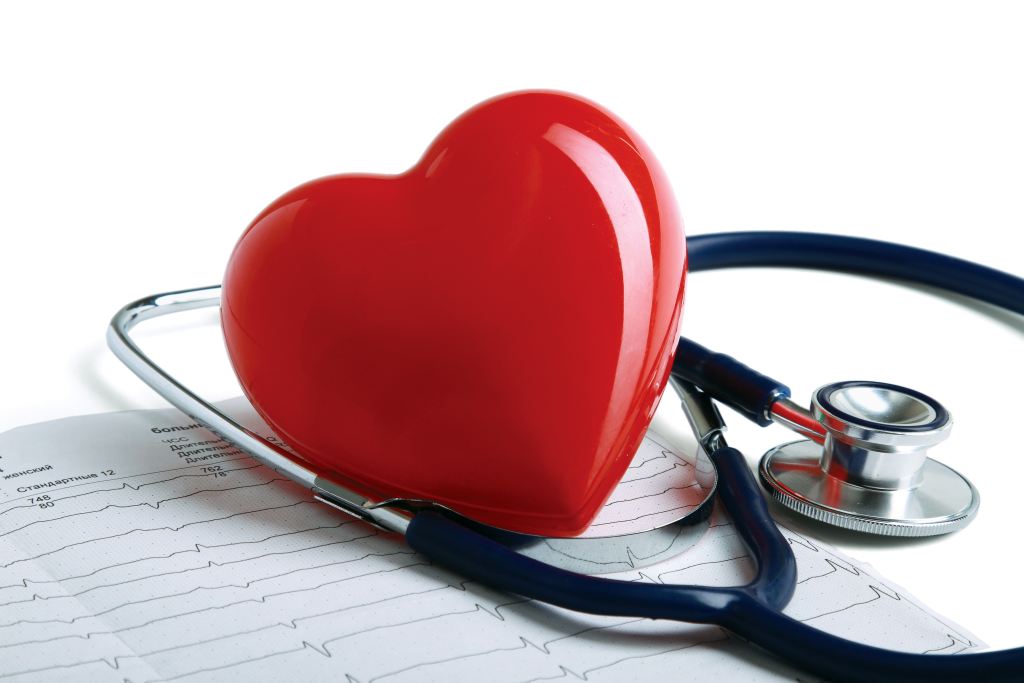
50% of doctors have high risk of CVDs, says study
In a peculiar bit of irony, a study found that 50% of doctors have a high risk of cardiovascular diseases-that’s nearly double that of the general population. The multiple reasons for this high risk include the pressure to meet corporate targets.
The study was conducted in a medical college hospital around Chennai, but owing to the similar conditions that exist across India, we wonder if this isn’t relevant-at least to a good extent for the rest of the nation as well. This study looked at 250 doctors and nurses in the medical college hospital.
The risk was calculated by a team from the SRM Medical College Hospital and Research Centre based on the physical parameters of the study’s subjects. They studied their dietary pattern as well as levels of physical activity.
It was found that in doctors with high risk, 42.1% were predisposed to CVDs because of not enough physical activity. 19.8% faced the issue because of erratic dietary pattern. The average age of the doctors in the study was about 40 while for the nurses, the average age was 29.
More number-driven practice seems to be a reason
The story, which came out in the Journal of Family Medicine and Primary Care mentions the sedimentary lifestyle of doctors and the long hours they put in as some of the reasons for the high risk for CVDs. As per Dr K Kannan, professor and head of the department of cardiology at Stanley Medical College and Hospital, “The high prevalence of obesity among doctors say a lot about our lifestyle.”
He said that when he joined the profession, it wasn’t as competitive as it’s now. “Practice seems to be more number-driven now and it’s taking a toll on doctors’ health by keeping them awake longer,” he said. He added that at times doctors end up working for up to 80 hours a week, including even on their days off.
The study says that the growing prevalence of lifestyle diseases and the shortage of specialists are also adding to the problem. While the WHO recommended ratio for doctors to people is 1:1000, in India, the current ratio is 0.702:1000. For government doctors, the hassle of shuttling between government and private practices results in stress which in turn causes lifestyle diseases.
But for doctors in corporate hospitals it’s a different sort of pressure that they experienced. “We have targets to meet every month,” was what one intensivist in a private multi-speciality who didn’t wish to be named said to the Times of India.
High expectations from patients contribute to the pressure
As per diabetologist Vijay Viswanathan, a similar study was done by his team a decade back. That study covered 3,000 doctors in Tamil Nadu and found a high prevalence of diabetes among them. According to Viswanathan, “Many of them were also at high risk for CVDs. Clearly little has changed since then.”
According to doctors erratic dietary and sleep patterns are mostly stress-related. In fact, a study that recently came out in the Indian Journal of Critical Care Medicine found that of every 10 Indian doctors., four suffer from moderate to severe stress levels. Also, about 21% use alcohol, 18% anxiolytic or antidepressants and 14% smoke to cope with the stress.
Another contributing factor to the pressure levels is the high expectations from patients. As Dr C N Raja, the immediate past president of the Tamil Nadu chapter of the IMA said, “Patients think modern medicine is like customers expecting delivery of goods for payment. We can’t guarantee that in our profession. This is leaving a lot of doctors stressed.”
He added that the mortality among doctors in their registry is a proof of the trend that the study suggests. “In the last 4-5 years, out of every 20 deaths among doctors, at least 15 are those between the age of 45 and 60. And many of them are because of heart ailments,” he said.